DO YOU UNDERSTAND WHY YOU FEEL TIRED SOME TIMES?
The human body is a like a machine; and the food we eat is what drives that machine.
Humans are more complex than a care or engine though; and other things affect the condition of the body. A body that does not get adequate periods of exercise or relaxation, is like a machine that is never serviced or repaired when things are damaged or deteriorating.
How is Energy Produced and Stored in the body?
It is all a chemical process. Adenosine triphosphate is a particularly important chemical for storing energy in the human body. When one molecule of ATP breaks down into ADP and free phosphorus; 7.5 k/cal of energy is produced. The ATP PC store of energy is only good for a maximum of 10 seconds. ATP and PC cannot be transported - it must be produced and used in the same location. Muscle cells are the main storage sites for these chemicals, but all cells are able to store them.
Sugars - glucose or glycogen are absorbed into the blood in the form of blood sugars, and transported to various parts of the body, particularly muscles and the liver. In most cases, except nerve tissues, the enzyme "insulin" is needed to facilitate the transfer of these sugars through the cell walls, inside muscle cells. Other chemicals, such as Phosphatises and hexokinases are also needed to facilitate transfer of sugars through the cell wall. Glucose is not stored, but can change to glycogen, which is stored. Glycogen is essentially a string of glucose molecules linked together by single phosphorus atoms.
Carbohydrates
Carbohydrates, specifically glucose provide the main source of energy in the body. Immediately after eating, blood sugar - glucose levels rise. In response to these increased levels the pancreas, in higher animals and humans releases insulin, which is a hormone, which increases the rate of absorption of glucose out of the blood and into cells. Glucose may then be used as energy, or converted into glycogen for storage in the liver and muscles.
Glycogenesis
The process whereby glucose is changed into glycogen for storage (glucose molecules can not be stored in the body). Glycogen is essentially a chain of glucose molecules that is able to be stored in the body to be used as energy at a later time. When the body has an excess of glucose and ATP (energy) the hormone insulin activates a chemical process that joins together excess glucose molecules to form glycogen for storage. As glycogenesis occurs blood sugar levels drop back to normal. Glycogen is predominantly stored in the liver and muscles, and is released back into the bloodstream as glucose (via glycogenolysis) when the body requires a burst of energy, or sufficient levels of glucose are not present.
Glycogenolysis
This is defined as a series of chemical reactions which turns glycogen back into glucose. If blood sugar levels become too low, the pancreas stops releasing insulin, and begins releasing glucagon. Glucagon, like insulin, is a hormone, but it acts in opposition to insulin, stimulating the conversion of stored glycogen into glucose by the liver, and the release of the glucose by the liver into the blood stream. The blood then supplies glucose molecules to cells which transport them inside and utilise them for energy to drive their biochemical processes.
Gluconeogenesis
A series of chemical reactions that convert organic molecules other than sugar into glucose. Pyruvate, lactate, glycerol and some amino acids can be converted into glucose by this general pathway. This is the pathway which allows the body to use both fat and protein as an energy source when carbohydrates are not available.
Hyperglycaemia
Abnormally high blood sugar levels. This is generally when the level of glucose exceeds 243mg per 100ml of blood. Different animals have different levels of blood sugar which they can tolerate. Human kidneys, for example, can tolerate only 160 mg of glucose per 100 ml of blood. Hyperglycaemia occurs when there is not enough insulin in the blood, or the insulin that is in the blood is not using the insulin that is in the blood effectively. The most common cause for hyperglycaemia is diabetes. Some of the signs and symptoms of chronic hyperglycaemia include excessive thirst, weight loss, frequent urination and fatigue.
Hypoglycaemia
Abnormally low blood sugar levels. This is generally when the level of glucose is under around 70mg per 100ml of blood. When hypoglycaemia occurs, the body cells are being starved of energy. This has particularly serious implications for the brain, for which glucose is the only food source. Neurons cannot store glucose or glycogen at all, and therefore rely on a constant supply of it from the blood stream. Hypoglycaemia occur most frequently in people with diabetes, when insulin levels are too high, preventing stored glycogen from breaking down into glucose and returning to the bloodstream. Signs and symptoms include hunger, shakiness, sweating, dizziness and fatigue.
Consider:
- How is your overall personal energy level at this very moment?
- How much of a role do you feel it plays in your ability to accomplish things on the job?
- Do you wish to become a highly capable manager of your energy supply?
Click here to view the outline of our course which addresses these issues as well as other useful information
